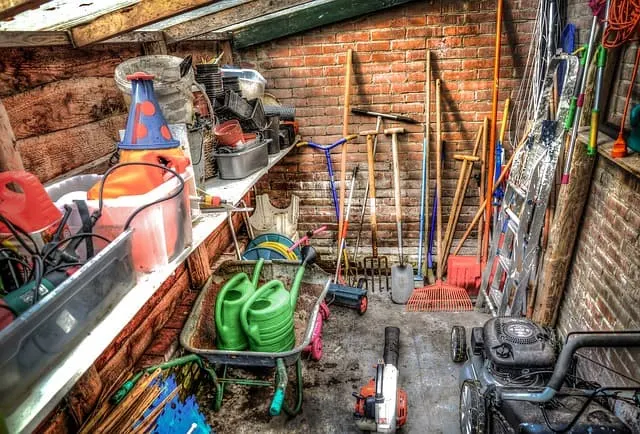
A healthy garden delivers a multitude of benefits that extend beyond aesthetic appeal. Environmentally, gardens absorb carbon dioxide, a key contributor to global warming, with a single tree absorbing as much as 48 pounds of CO2 per year. Economically, a well-cared-for garden can boost a property’s value by up to 20%, according to a National Association of Realtors survey.
From a health perspective, the American Public Health Association reports that community gardens can improve physical health, mental health, and social cohesion among participants. Furthermore, a study in the Journal of Health Psychology highlights how gardening can reduce stress and improve mood. Maintaining a healthy garden can be a rewarding endeavor that significantly benefits both the environment and individuals.
However, you might not know where to start with your garden. Luckily, there are some critical steps to consider when building a healthy garden.
Prepare the Area
Before planting, you must ensure the area is primed and ready for your garden. A well-prepared site can significantly increase the chances of your plants surviving and thriving. The process involves several crucial steps, including soil testing, removing weeds, and adding compost if necessary, which can help create a high-quality garden bed conducive to plant growth.
Choose the Right Location
Start by choosing the right location for your garden. Observe the sun patterns in your yard. Most vegetables and herbs need at least six hours of sunlight daily, so choose a well-lit spot. Similarly, ensure your selected area has good drainage to prevent soggy roots.
Clear the Area
The next step is to clear the area of any debris, rocks, and weeds. Weeds are significant to remove as they compete with your plants for resources. You may want to consider using a weed-killing spray for stubborn weeds, but remember to opt for an eco-friendly option if possible.
Test Your Soil
Testing your soil is essential to understanding what nutrients it contains and what you may need to add to make it ideal for your plants. You can purchase a soil testing kit from a local nursery or order one online. A high-quality garden bed should contain phosphorus, potassium, and nitrogen nutrients.
Add Compost
Adding compost helps improve your soil’s quality by adding essential nutrients. Compost also improves soil structure, texture, and water retention capacity. You can purchase or make your own compost by collecting kitchen scraps and yard waste in a compost bin.
Choose Plants Wisely
Choosing plants wisely is a crucial step in building a healthy garden. Not all plants are suitable for every garden, as they have different requirements regarding sunlight, soil quality, and watering needs. Understanding these needs can prevent common gardening problems such as stunted growth, disease, and death of plants.
Consider the local climate when choosing plants. If you live in an area that experiences harsh winters, for example, tropical plants may not survive. Plants native to your site are often a safe bet as they have adapted to the local climate and soil conditions.
A few good choices for beginners include tomatoes, cucumbers, and bell peppers. These plants are relatively easy to grow and require minimal upkeep, making them ideal for first-time gardeners.
On the other hand, certain plants, such as orchids, roses, and hydrangeas, can be demanding to cultivate. They often require specific conditions to thrive, including precise amounts of water, specific soil pH, and exposure to sunlight, making them a less ideal choice for beginners.
Learn Basic Gardening Tasks
Learning basic gardening tasks is essential to maintaining a healthy garden, as these tasks form the foundation of effective garden management. It goes beyond merely planting seeds and involves understanding the different elements contributing to a thriving garden.
One primary task is watering your plants correctly; too much can cause root rot, and too little can lead to wilting. Another essential task is pruning, which helps manage plant size and encourages healthier growth. Learning about pests and diseases and how to manage them naturally can save your garden from potential damage.
Lastly, understanding the importance of rotating crops can keep the soil fertile and prevent crop-specific diseases. By mastering these tasks, you are setting up your garden – and yourself – for success.
Final Thoughts
Building a healthy garden takes time, effort, and patience. But the benefits are undeniable – a beautiful garden contributes to a healthier environment and improved personal well-being. By following these steps and continuously learning about gardening, you can create and maintain a thriving garden that will reward you for years.
- Impact of Emotionally Absent Fathers on Daughters - April 30, 2024
- Sagittarius Man & Gemini Woman Love and Sex Compatibility - January 31, 2024
- Taurus Ascendant Rising Personality Traits in Men (Guide) - January 31, 2024
